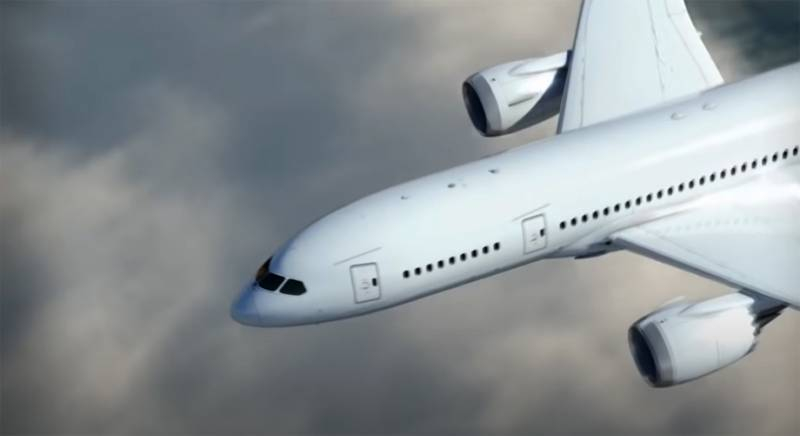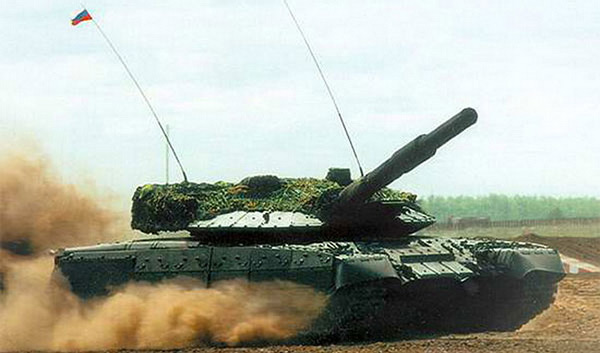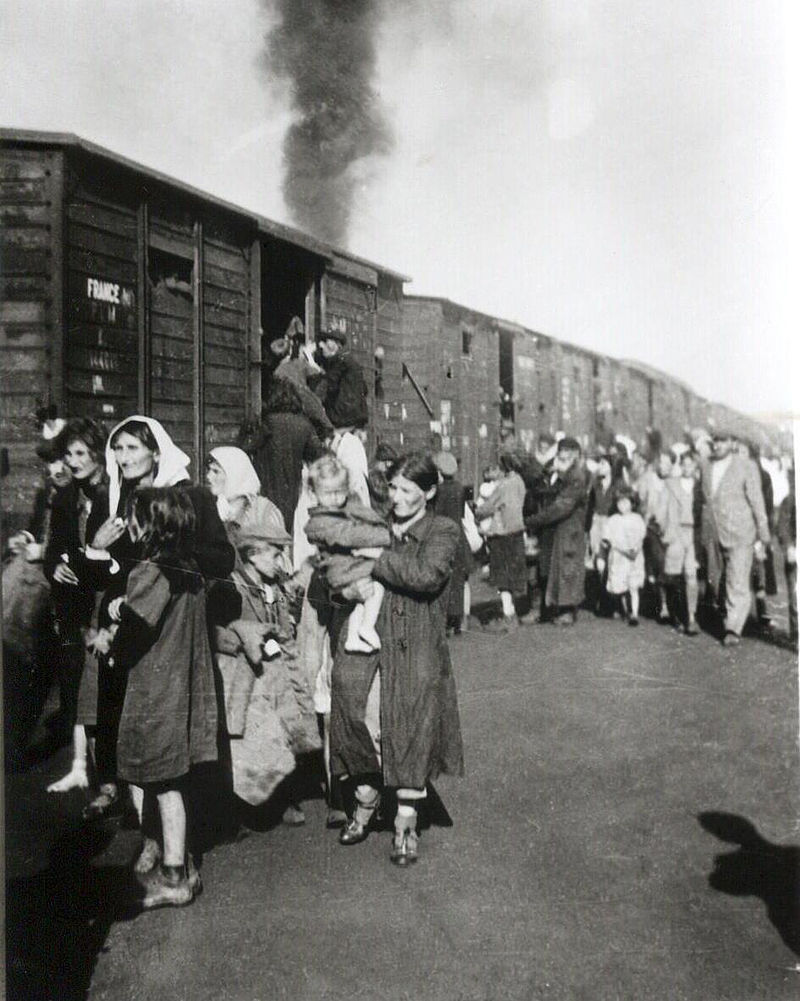
Experts in the field of aviation conducted another study of the capabilities of modern passenger aircraft for the purpose of performing a flight in the event of a failure of one of the engines.. The study was carried out in relation to twin-engine aircraft of Western production..
First of all, the parameters of the so-called ETOPS were studied.. If simplified, then this is one of the characteristics of the twin-engine aircraft and the built route, which determines the ability of the liner for 60 minutes to reach the nearest airport for an emergency landing in the event of a failure of one of the engines.
For modern aircraft, one of the engines fails (if there are two and even more so four) is not fatal. Even if such a failure occurs, then the stock of the second engine is definitely enough for that, to fulfill the specified rule 60 minutes.
In this regard, the rules for performing flights were tightened as in the option over the sea., and, eg, in the desert (where the nearest airport can be thousands of kilometers). The updated ETOPS parameters are already 120 and 180 minutes for different categories.
As a result of the study, it was determined, that today such aircraft as Boeing have the highest resource within the ETOPS 787 Dreamliner и Airbus A350-900. They are ETOPS record holders. The first of these twin-engine passenger aircraft is capable of flying on one engine for 330 minutes, second - 370 minutes.
Research has shown, that the Airbus A350-900 is capable of flying on one engine 4630 km. This allows him to reach the nearest airport while flying on one engine., where is he (liner) was not.
The Russian Tu-204 certified by ETOPS is capable of flying on one engine for 120 minutes.
During the study, information was clarified that, how, when half the engine power is lost, the parameters for the high-altitude flight level change. noted, that in this case, the pilots are instructed to keep the average possible height (from the level of maximum), which also affects the landing parameters. In the case of a long flight on one engine for the pilot, the landing process becomes more complicated - primarily due to the need to fly not at the initially specified heights. However, for modern pilots, this cannot become an insoluble problem as due to special training., and because of the automation on board, which helps in flight.











